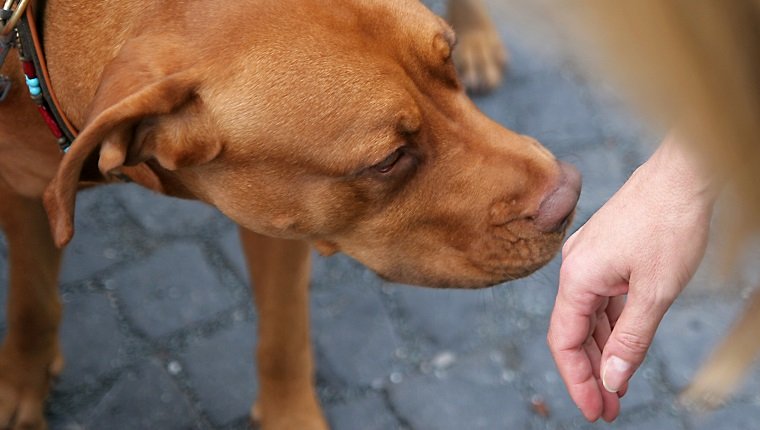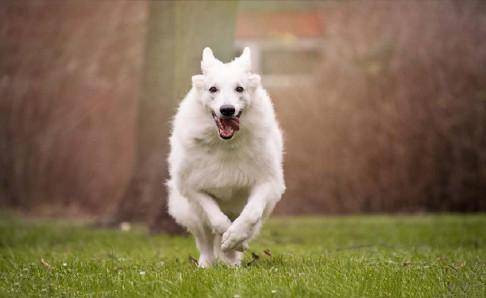 Introducing your pet to new people can be exciting and fun. However, for dogs, it can be stressful if they are not used to seeing new faces.
Introducing your pet to new people can be exciting and fun. However, for dogs, it can be stressful if they are not used to seeing new faces.
They may go into “stranger danger” mode, cowering behind you or running away. Worse, they may lash out with aggressive behavior.
Better yet, make them tread lightly when they meet a stranger. Let your pet enjoy their new companion by helping them get rid of stranger anxiety.
Causes of fear
Like other animals, dogs are usually more afraid of people than otherwise. Different factors can affect this, especially a dog’s past experiences.
For example, a dog that has suffered abuse may have difficulty adjusting to certain people or situations. Such a pup will need more therapy, training and TLC.
However, some dogs just aren’t socialized. Inadequate contact with people other than family members can also cause them to go into strange and dangerous patterns and behave differently when meeting people.
Socialization is important for dogs, especially when they are young. Stranger anxiety can trigger aggressive or shy neurotic behavior. Your dog can also protect their territory and themselves by actively confronting strangers.
Understanding the cause of your dog’s fear will help you deal with it and form a treatment or training plan. You should talk to your veterinarian or a canine behaviorist to develop a plan that works for you and your dog.
Dealing with Fear of House Guests
Scary dogs can become unpredictable. It is important to avoid forcing them into situations that may worsen the sensation, as this may lead to harshness or a more severe reaction.
Have a place in the house where pets can go if they are threatened, especially if you plan to accompany them, such as to parties and get-togethers.
For your guests, give them a heads up when visiting. If your guests do see or interact with your dog, tell them to avoid eye contact as it can be intimidating. Do not allow them to quickly approach your dog or immediately spoil them.
Let your dog decide when to approach – never force or rush! Reward your dog for one peaceful interaction at a time so they can participate in the session with a positive reward.
Training Default Behaviors to Better Handle Stress
Stress can overwhelm your dog, so you may want to try training them to relax when meeting people. One way to do this is to use default behaviors to handle stressful moments.
A default behavior is when they become disruptive or overexcited about what your pet can do. Even in unstable environments, this will distract the dog and redirect them.
If you want default behavior, you need to train your dog. Start with commands like “Spy on me”. Reward your dog as they learn the behavior until they follow the command every time.
Then, use the command when they are fearful or nervous of new people. When your dog follows the command and looks at you instead of focusing on the stranger, reward generously so they remember.
Continue to train this default behavior until it becomes an automatic response when strangers are present and continue to reward your pup. This will help them stay calm.
Default behavior is one technique that can be used, but there are many ways to eliminate stranger anxiety. Keep in mind that it takes time and patience. Consult with your veterinarian and behaviorist to develop appropriate procedures to help your dog.
Does your pet suffer from stranger danger anxiety? Which default behavior do you think is appropriate for your dog? Share your pet’s story in the comments below!

